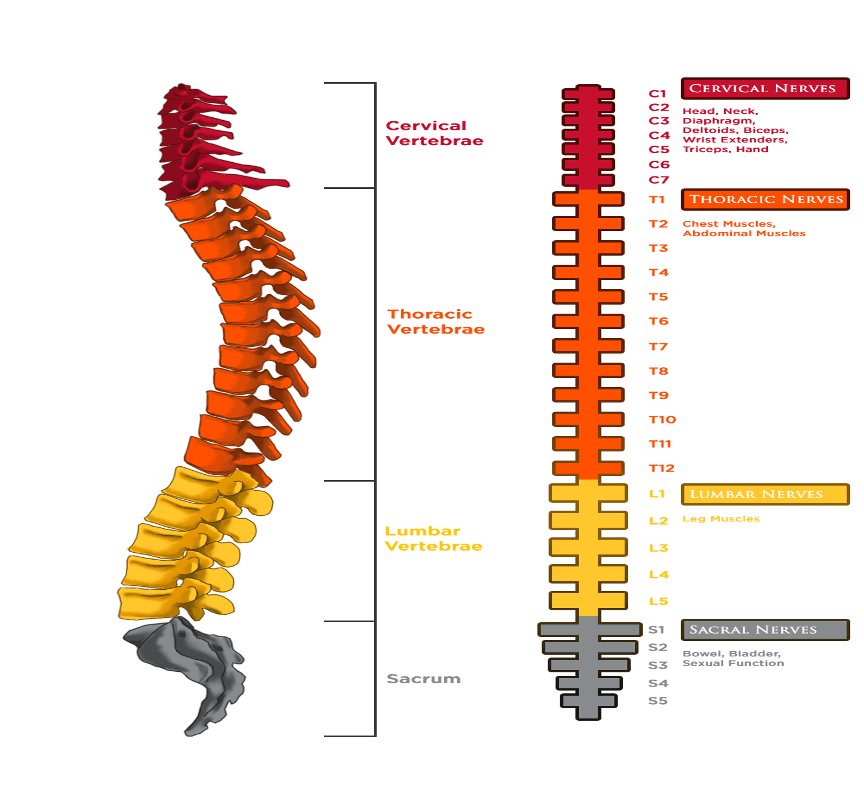Recognizing SCI Awareness Month
Today marks the first day of Spinal Cord Injury (SCI) Awareness Month, recognized in the United States throughout September. Spinal Cord Injury Awareness Week will be celebrated from September 3-9 in Australia. According to the World Health Organization, between 250,000 and 500,000 people experience a spinal cord injury each year. No matter where in the world you are located, we invite you to join us by learning more and spreading the word!
What is the Spinal Cord and Spinal Cord Injury?
The spinal cord is a bundle of nerves from the base of the skull to the center of the back that carries signals from the brain to the body, and from the body to the brain. Rare neuroimmune disorders affect the central nervous system, which includes the brain, spinal cord, and optic nerves. In this overview of the central nervous system, the spinal cord is described as the highway that helps the body and brain communicate.
A spinal cord injury (SCI) is defined as damage to any part of the spinal cord or damage to the spinal nerves at the roots, or end, of the spinal canal. When a person experiences an SCI, that communication is interrupted, and multiple body systems are affected depending on the location of the spine that has been impacted. An SCI can result in temporary or permanent loss of movement, sensation, or function below the site of the injury.
How are rare neuroimmune disorders related to SCI?
The rare neuroimmune disorders that are supported by SRNA occur when a person experiences an inflammatory attack at a location in their central nervous system. When the spinal cord is affected it is called Acute Flaccid Myelitis (AFM) or Transverse Myelitis (TM). In Acute Disseminated Encephalomyelitis (ADEM), MOG Antibody Disease (MOGAD), and Neuromyelitis Optica Spectrum Disorder (NMOSD) there are various patterns of organ involvement. Myelitis roughly translates to “spinal cord inflammation,” which can result from an infection or inflammatory cause. Learn more about spinal cord inflammation and the process of becoming diagnosed with ADEM, AFM, MOGAD, NMOSD, ON, and TM from Dr. Kyle Blackburn’s presentation at the 2021 RNDS.
When the central nervous system is affected, multiple kinds of damage can occur. The connections between the brain and body are like insulated electrical wires. During an immune-mediated attack on the central nervous system, the insulation around the wire (myelin) or the wire itself (axon) can be damaged. When an inflammatory attack damages the insulation, the damage is referred to as demyelination.
Where can I learn more?
In SRNA’s recent episode of Ask the Expert Podcast on the Immunology of Rare Disorders (Part 1), Dr. Philippe-Antoine Bilodeau and Dr. Anastasia Vishnevetsky explained the ways that the immune system and nervous system are related to one another. They discussed how the brain and immune system might change following an injury along with updates on neuroimmunology research. In the following Immunology of Rare Disorders (Part 2), Dr. Alex Simpson and Dr. Paula Barreras described how the immune system interacts with the neurological system to cause rare neuroimmune disorders. They described treatments and long-term issues related to these disorders.
In this fact sheet, discover the way “level of injury” is determined and the differences between complete and incomplete spinal cord injuries. United Spinal also offers an overview of the four sections of a spinal cord, including the areas of the body typically affected at each level of an SCI.
How can I get involved?
Research has shown that a supportive community can help those who are recovering after a spinal cord injury. Connect with others through SRNA’s Support Group Network, Peer Connect Program, or share your story by participating in our This is Me campaign.
Consider supporting our work by raising funds for research and programs for rare neuroimmune disorders. Set up a Facebook Fundraiser or a campaign directly on our website. Spread the word on social media and hashtag #SCIAwareness #ThisIsSRNA all month long.





